
What was your first byline in Trains? Blair Kooistra: It was a short, totally unsolicited book review on the softcover photography title “Railroading West: A Contemporary Glimpse,” written by Jeff Brouws and Ronald Hill, appearing in the October 1976 issue. I was an impressionable 16 1/2 years old, and was blown away by the photography […]
Read More…
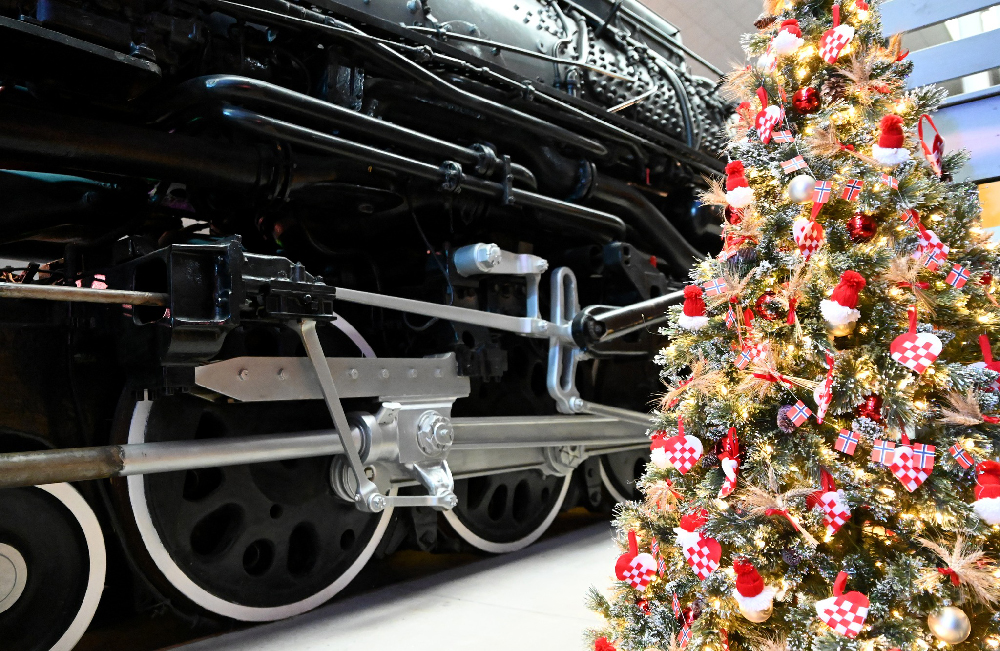
Christmas and trains — they go hand-in-hand, just like stockings hung by the fireplace with care or the trip over the river and through the woods to grandma’s house for Christmas dinner. The foremost Christmas and trains connection is that of holiday travel and the toy train around the Christmas tree. Both have historic and […]
Read More…
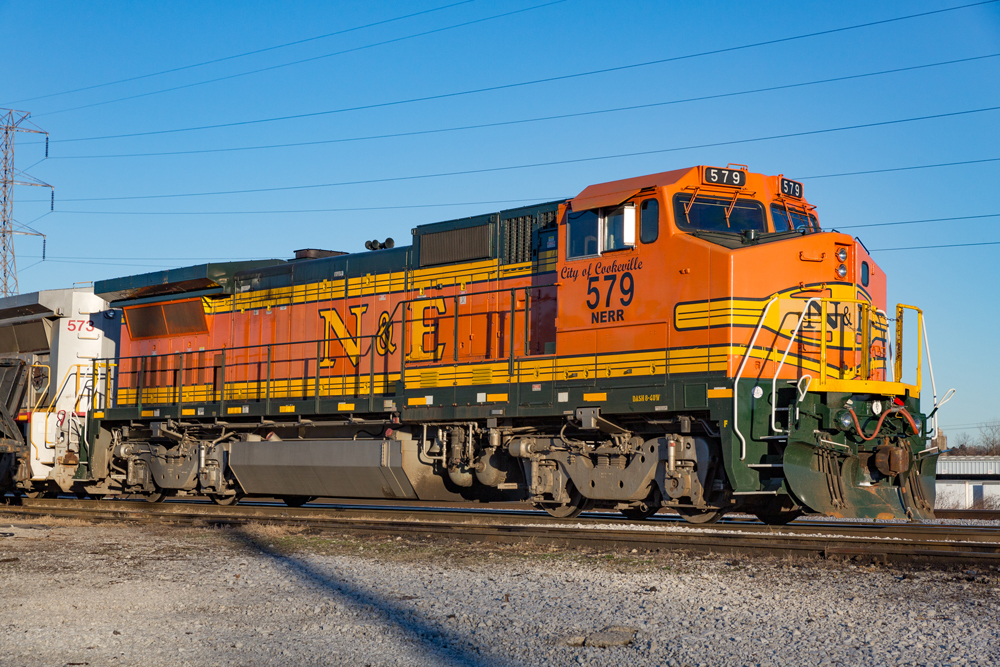
Santa Fe Super Fleet Virtually anyone these days with an interest in the industry knows what the term Super Fleet means. It’s the iconic red-and-silver warbonnet paint scheme worn by new Santa Fe locomotives during the twilight of the company’s existence. First applied to a Santa Fe locomotive in the late 1930s, the design graced […]
Read More…
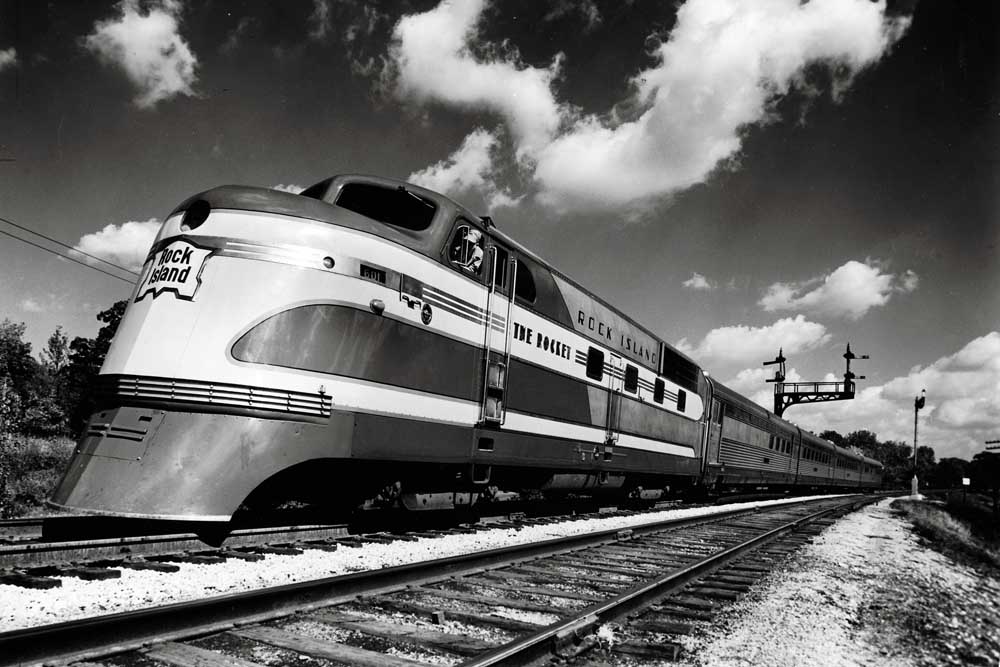
The EMC TA diesel locomotive was an early passenger diesel and a Rock Island oddity. If it looks and sounds like an early EMC E-series streamlined diesel passenger locomotive, there is a good chance it is. But don’t bet the family farm. The locomotive in question is the EMC TA diesel, a […]
Read More…
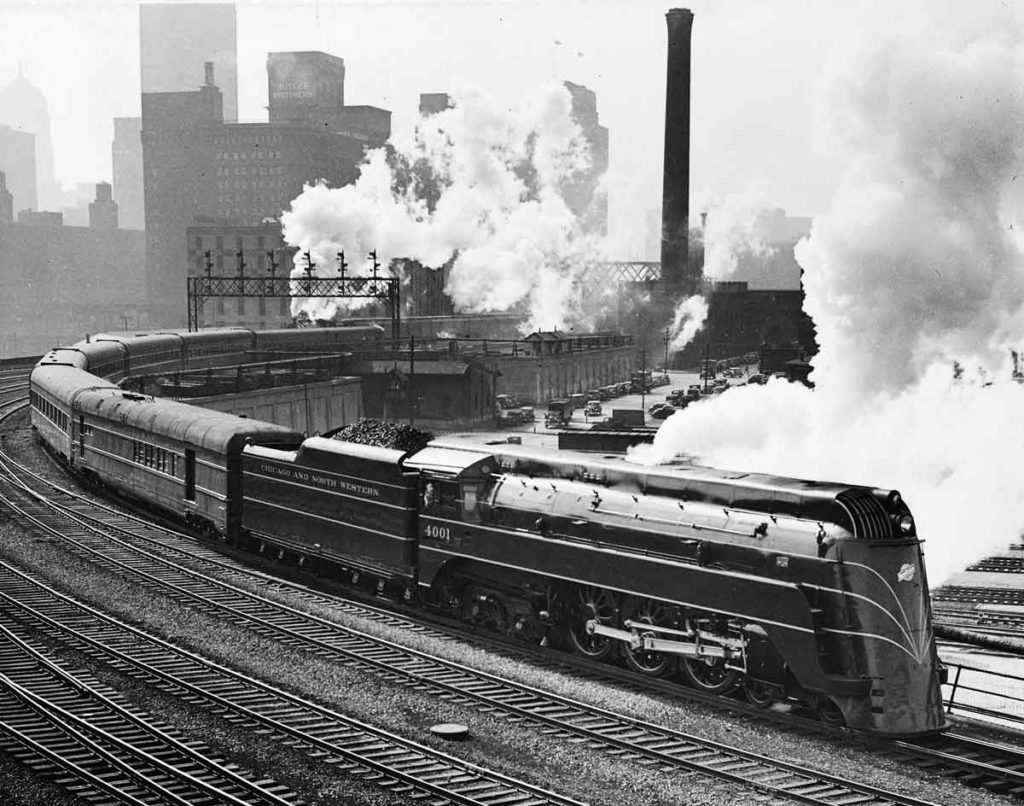
Chicago & North Western passenger trains: All through December 2023, Classic Trains editors are celebrating the history and heritage of the C&NW. Please enjoy this photo gallery of Chicago & North Western passenger trains, originally published online in May 2015. […]
Read More…
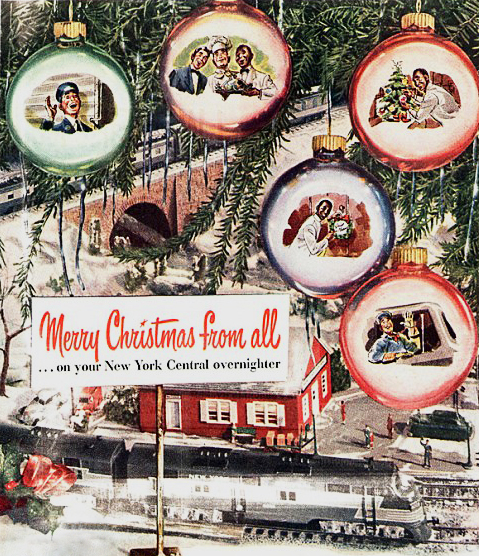
Contemporary holiday season travel can present challenges that will dim the spirits of even the most joyful among us. Let us, for a few moments, recall a time of more enjoyable travel, a time when getting there was a fun part of the adventure. Like today, travel on Christmas is not an ideal situation. In […]
Read More…
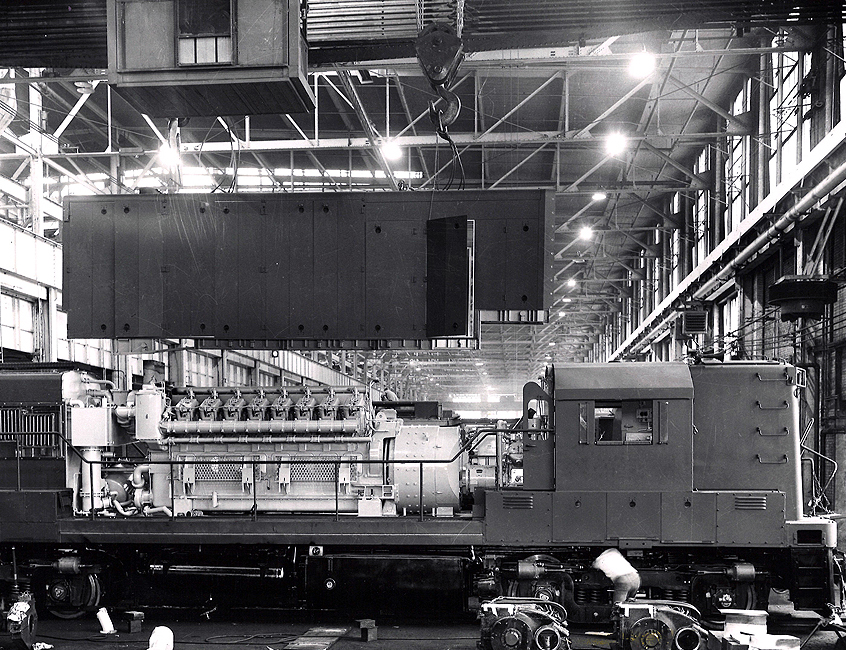
The top 3 diesel prime movers will be instantly recognizable to long-time readers of Trains Magazine and its Locomotive special issues. But where do they rank? Well, that’s Mike Iden’s call. Iden spoke with Trains.com in June 2022 to assess his choice for the top spots. Here’s an edited version of that conversation. Top diesel […]
Read More…
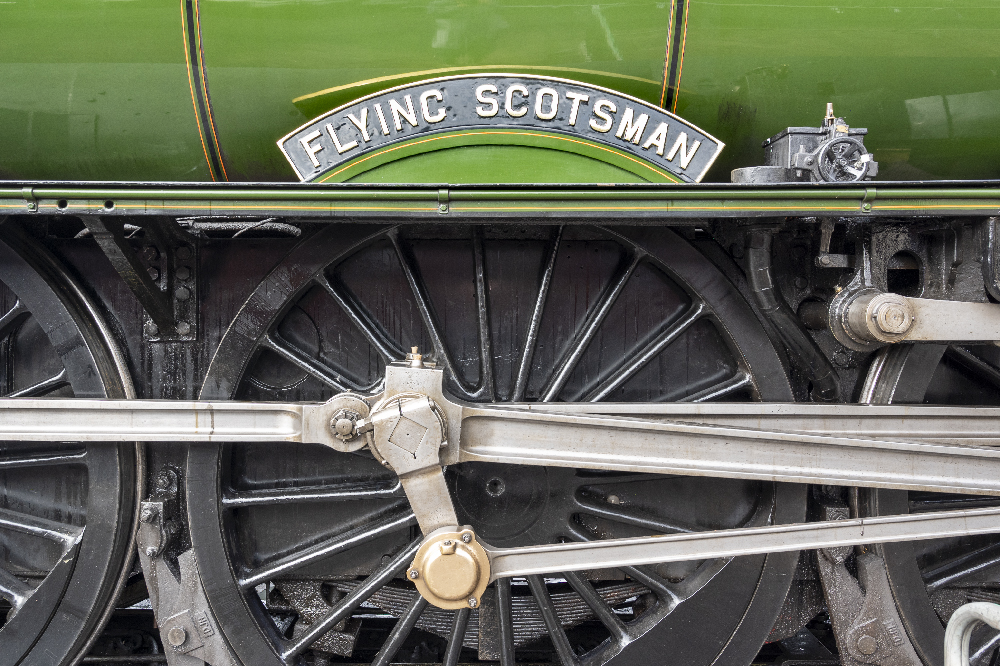
Flying Scotsman celebrates a century Often said to be the most famous locomotive in the world, the Flying Scotsman celebrates a century, having entered service Feb. 24,1923, for England’s Great Northern Railway. The locomotive began service as an A1 class 4-6-2 Pacific locomotive and was later upgraded to the A3 with the same wheel arrangement. […]
Read More…
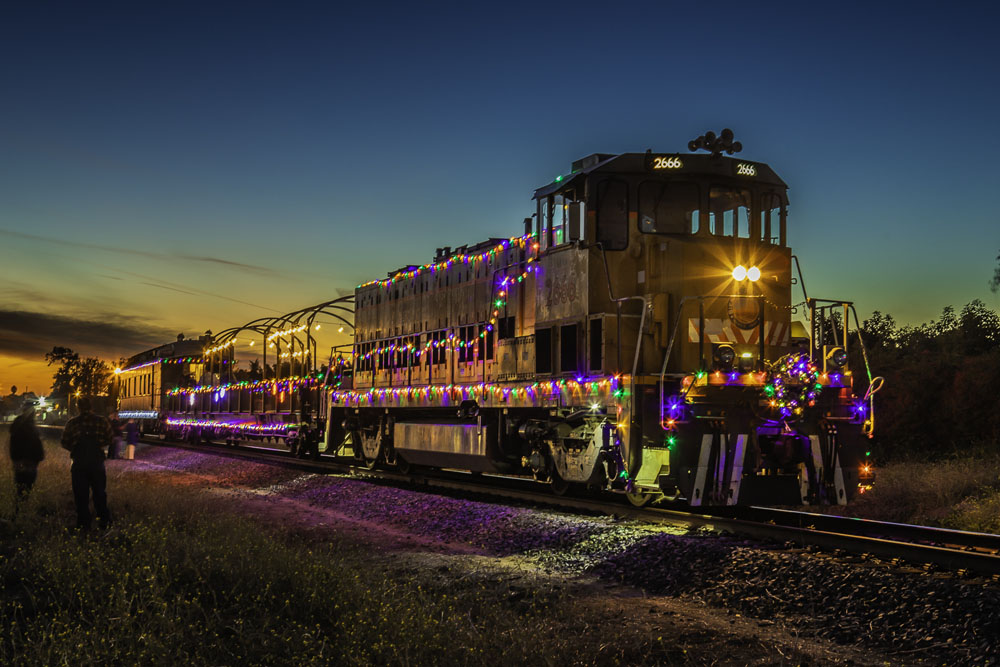
Santa Claus rides the Sierra Northern Railway, Ventura Division Have you ever wondered what happens when Santa’s sleigh and reindeer, his traditional form of transportation, needs its regularly scheduled inspection and servicing? Let’s face it; over the millennium the jolly guy in the red suit has circumnavigated the world more times than Magellan. He and […]
Read More…
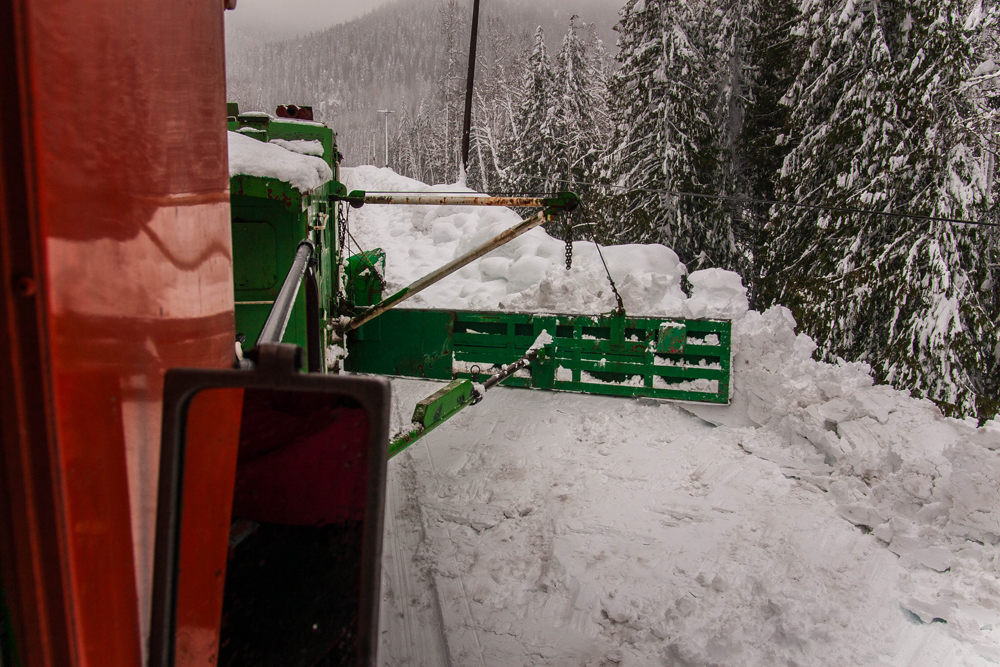
It’s snow time on BNSF Railway’s Scenic Subdivision Working in the snow of the Cascade Mountains was always special, until you had to work in it. I have joked for years that at one point I loved skiing until I had to pack my third knuckle to replace a broken one in deep snow. Both […]
Read More…
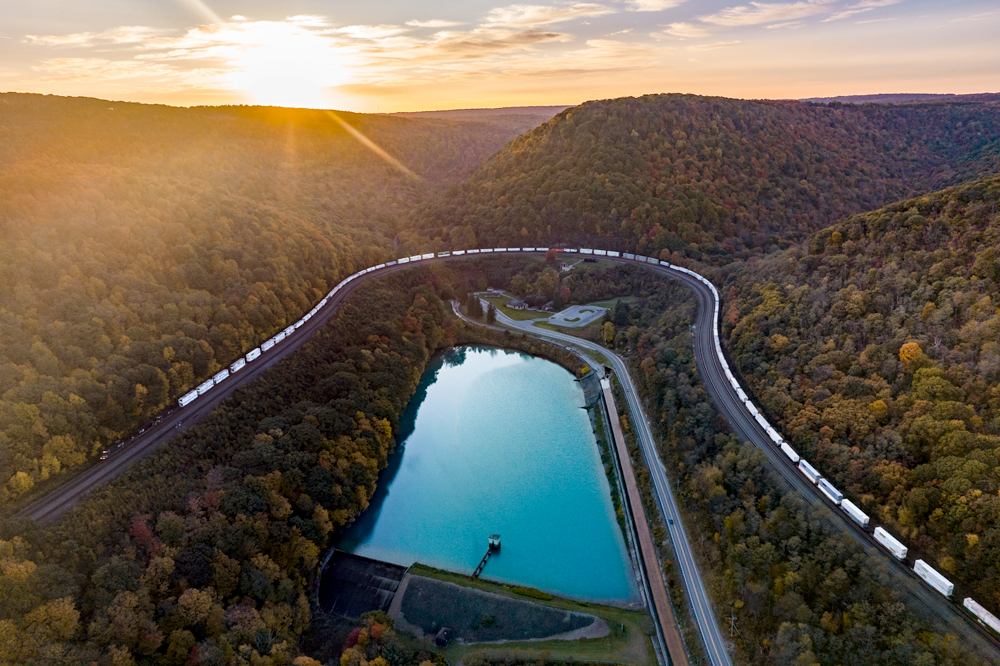
Trains Photo Contest 2024 Trains Magazine and the National Railway Historical Society are pleased to present the 2024 photo contest. The NRHS is a nonprofit that promotes the interest and study of the railroad industry, a mission shared by Trains. The NRHS, which was established in 1935, is an excellent partner for a magazine that’s […]
Read More…
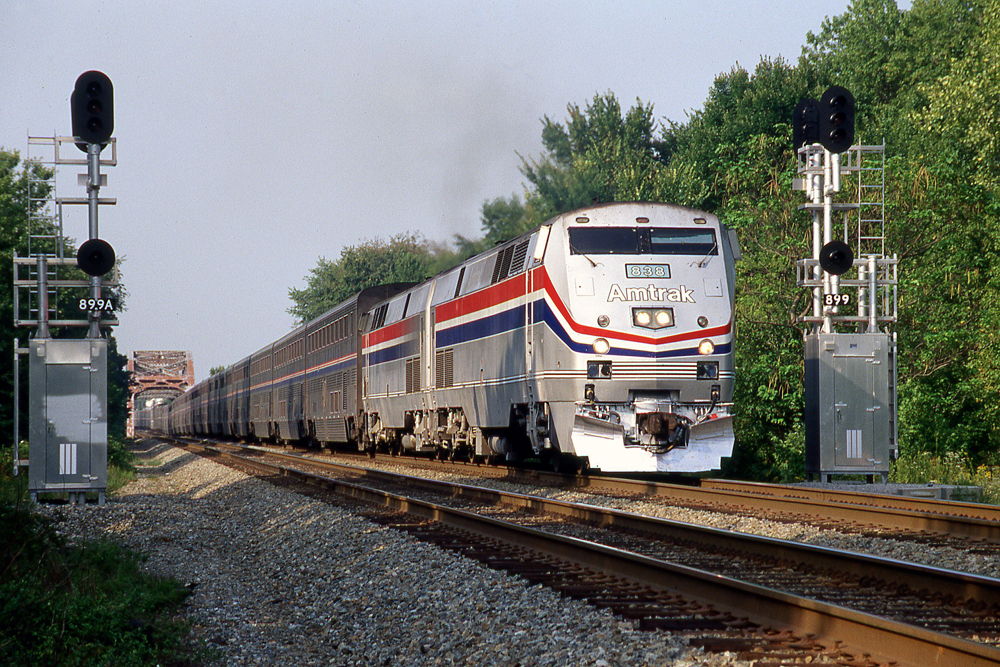
From Auto-Train to Amtrak Auto Train Today’s Auto Train is a stellar option for people looking to travel long distances with their car in tow between northern Virginia and central Florida. Amtrak’s marketing slogan on its website is “Take Your Car on an Auto Train Road Trip.” Those traveling in sleeping cars receive traditional dining-car […]
Read More…












